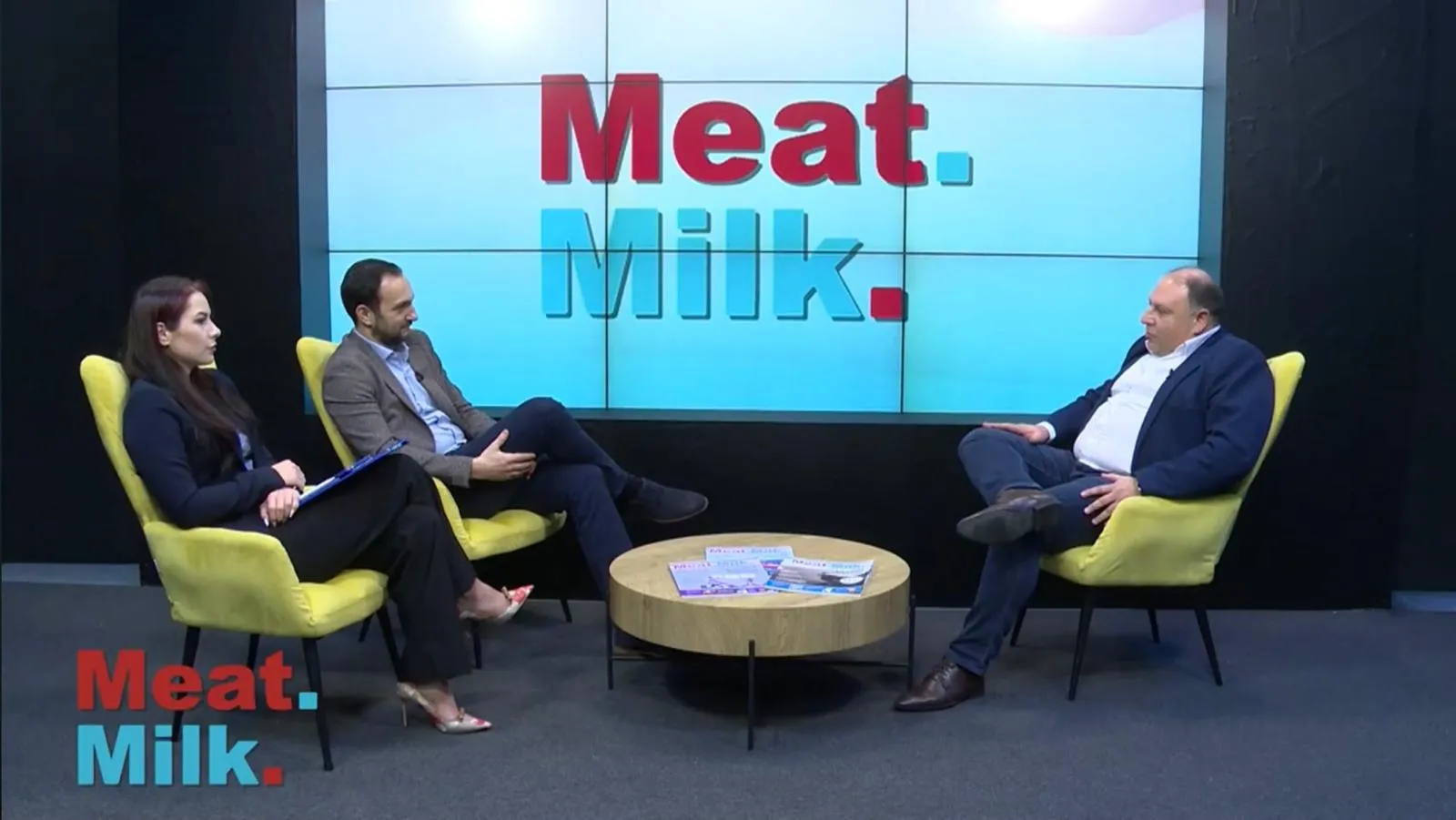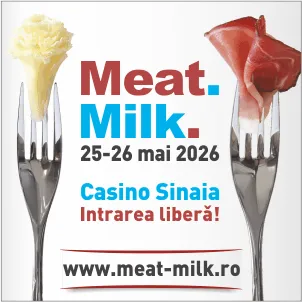
Once Again, the Threat of Foot-and-Mouth Disease Looms Over Europe
Once more, the specter of foot-and-mouth disease (FMD) hangs over Europe. According to an analysis published by Euractiv, it appears that key risk factors are being overlooked by policymakers in Brussels and across national capitals.
A Grave Danger
FMD is a highly contagious viral disease that affects cattle, pigs, sheep, goats, and other ruminants. The virus has recently resurfaced in Germany, Hungary, and Slovakia, sparking renewed concern. Alarmingly, some of the most critical risk factors for disease transmission are seemingly being ignored.
The last major outbreak of FMD on the European mainland occurred in 2001, leading to the culling of over 280,000 animals in the Netherlands alone, with estimated financial losses reaching 2.8 billion guilders (around €1.27 billion in today’s money). The social costs were also severe, including tragic farmer suicides following the loss of their entire livestock.
A quarter of a century later, memories of dead cattle being lifted by mechanical claws, dumped into containers, or stacked onto burning pyres remain vivid. At the time, to reach my workplace— a veterinary school—vehicles and pedestrians had to pass through disinfection baths. The fear was palpable.
The public responded with mistrust and outrage, finding it incomprehensible that thousands of healthy animals within a wide radius of affected farms were slaughtered and destroyed. Even more baffling was the fact that preventively vaccinated animals met the same fate in efforts to halt the virus's spread.
The Source Matters
The 2001 outbreak was eventually traced back to a shipment of unweaned calves transported from Ireland through a transit point in France, where they came into contact with infected British sheep—ultimately introducing the virus to the Netherlands.
This origin story is especially relevant today, as discussions are underway around revising the EU Regulation on Animal Transport. Yet, so far, the link between animal transport and disease transmission has received little attention in public policy debates.
This is striking, as moving animals inherently increases the risk of pathogen transmission. Transport can suppress animals’ immune systems, making them more susceptible to infection and more likely to shed pathogens.
One well-known example is bovine respiratory disease complex, or “shipping fever,” which commonly affects calves following the stress of weaning and road transport from pastures to rearing units or auction houses. These conditions significantly raise morbidity and mortality risks.
A Serious Risk
Long-distance transport is particularly hazardous, subjecting animals to overcrowding, temperature extremes, dehydration, hunger, and exhaustion. Stress from mixing with unfamiliar animals, loud noises, road vibrations, sudden movements, and handling during loading/unloading further exacerbates their vulnerability.
Biosecurity threats are also high at control posts, assembly centers, and auction markets, where animals can be exposed to pathogens through direct or indirect contact—just as it happened during the 2001 outbreak.
Moreover, transporting sick animals increases the risk of pathogen spread via contaminated feces, urine, and inadequately cleaned vehicles or equipment. Pathogens can also be carried inadvertently by handlers, via clothing, gear, or airborne transmission.
Insects and other vectors like rodents, which travel with livestock, can also facilitate the spread of disease.
A Shortsighted Debate
Some Members of the European Parliament oppose revising current regulations on animal transport due to cost concerns—an attitude that represents short-term economic thinking.
They fail to consider the devastating economic, emotional, and social consequences of animal disease outbreaks—for farmers, rural communities, and the broader trade landscape.
Other Dangers
Transboundary animal diseases such as classical swine fever, peste des petits ruminants, and African swine fever not only cause illness but can disrupt regional and international trade in live animals and animal products.
In such cases, veterinary export certificates are suspended, and foreign markets close their doors to live animals and derived products from the affected country—an enormous cost to pay.
This should prompt decision-makers to take targeted intervention more seriously.
While early detection, surveillance, transparency, and rapid response are essential for controlling disease outbreaks, the routine movement of people, live animals, and animal products continues to pose a significant risk for pathogen spread, including emerging threats to both animal and public health.
That’s why it's critical to prioritize the reduction of maximum journey times—for animal welfare, economic, and scientific reasons. Shifting the focus toward transporting meat, carcasses, and genetic material, rather than live animals, would significantly lower economic losses and trade disruptions associated with disease outbreaks.
More importantly, it would reflect the kind of bold, forward-thinking policymaking urgently needed in this time of crisis.





